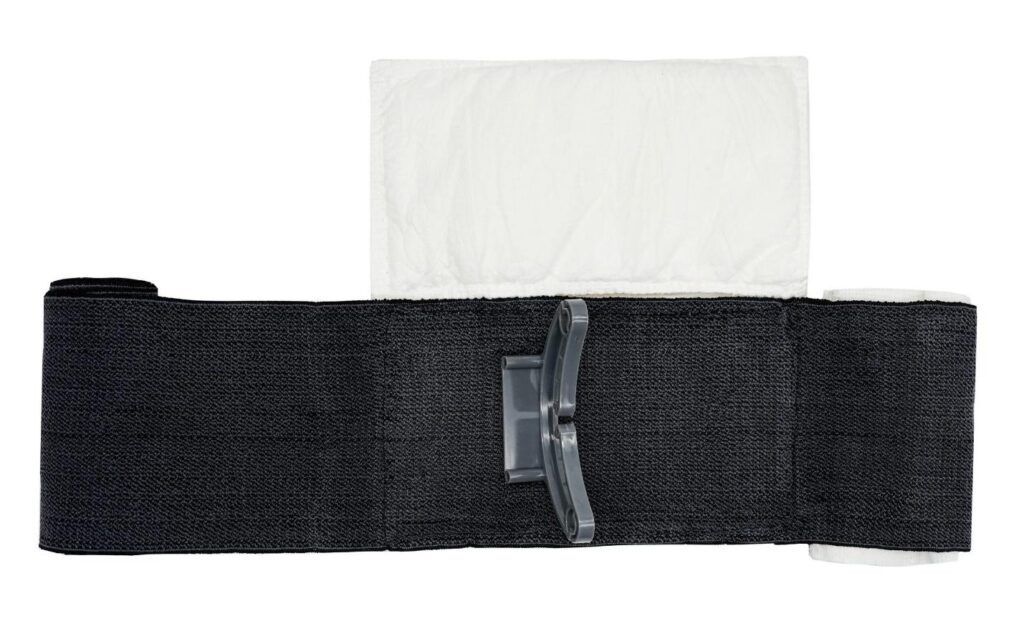In the world of emergency medical services (EMS), being prepared is not just a motto, but a way of life. Whether you’re a seasoned paramedic responding to an urgent call or an individual faced with a sudden medical emergency, having the right tools at your disposal can make all the difference. One essential item that every individual should have on hand is an Individual First Aid Kit (IFAK). This compact kit contains crucial supplies to address minor injuries or save lives in critical situations.
When it comes to IFAK content, there’s no one-size-fits-all solution. Each kit should be tailored to meet specific needs and potential scenarios based on factors such as location, activity type, and personal health concerns. Though traditionally a part of most kits, dressings, and antiseptic wipes can be good, think about specialized controllers like tourniquets, chest seals, and even medicine if such can be aired. Having a well-equipped IFAK on board so that you can act for yourself and others, not only increases the level of preparedness but also shows the value of readiness on how emergency incidents can be dealt with.
Bandages and adhesive dressings
Adhesive plasters and bandages of any nature are everyday companions of any go-to first aid kit. Sometimes, they’re not considered until they are needed urgently via a minor cut or a scratch. These humble but essential musts could perform the amazing functions of healing and fighting infections. Nature of the injured area, different types of activities, or exposure to various chemicals and harsh weather elements, you will remain clueless as to what to do with your injuries. This is where a variety of dressings and bandages come in handy and make your life so much easier and pain-free.
When the aspects of size, shape, and material need to be addressed, the term preferred bandage and dressing comes into the picture. When it comes to smaller cuts and openings, choose the ones with strips that stick and offer the right seal so that you can keep on moving without feeling restricted. On the other hand for the bigger injuries, the sterile gauges that will be secured with tape for better safe-keeping must be used for increased safety measures. During the coping stage, remember not to forget to routinely check your first aid supplies to ensure that they are ready whenever an unexpected calamity occurs – because when the need arises, the availability of the right kind of plaster may turn into a situation that could lead to chaos into the one that can be eased without a hassle.
In moments of uncertainty or distress, EMS runs rely heavily on the quick thinking and preparedness of individuals during emergencies. By including quality bandages and adhesive dressings in your first aid kit, you empower yourself and potentially save lives by providing timely care before professional help arrives.
Antiseptic wipes and ointment
The practice of stocking your emergency first aid kit should always put antiseptic wipes and ointment at the top of the requirements list to protect wounds against infection and keep them clean. First aid wipes not only offer the convenience of rapid sanitizing but also effectiveness in cleaning minor cuts, abrasions, and other hurts making them an indispensable asset during emergencies. Another necessity is that you should have an antiseptic that can be used to create a barrier against bacteria while all the time soothing and promoting healing in the affected area.
Mobility is another aspect that is worth looking into as these are pretty portable because their compact size implies that you can effortlessly take them with you whatever your destination is, for example, whether you’re on a nearby hike, the mountains, or the beach. Versatility also goes in favor of antiseptic wipes and ointment. Considering that these items may be the best help in an emergency, they should surely be a part of every kit. At a time when medical attention may be unavailable or delayed, especially in cases of major accidents, these products can prove to be a lifesaver, as they could play a critical role in administering proper first-aid and guaranteeing a peedier recovery.
Mobility is another aspect that is worth looking into as these are pretty portable because their compact size implies that you can effortlessly take them with you whatever your destination is, for example, whether you’re on a nearby hike, the mountains, or the beach. Versatility also goes in favor of antiseptic wipes and ointment. Considering that these items may be the best help in an emergency, they should surely be a part of every kit. At a time when medical attention may be unavailable or delayed, especially in cases of major accidents, these products can prove to be a lifesaver, as they could play a critical role in administering proper first-aid and guaranteeing a peedier recovery.

Pain relievers and medications
Regarding first aid kits and the opioids and other medications in them, there are a few specific items that you shouldn’t forego. Acetaminophen is an all-rounder in the field of pain relief, being able to treat all types of pain whether you have a headache or aching muscles. Sciences also state that ibuprofen can lower inflammation and lessen pain caused by injuries or overuse. In case of a more situational demand, do not forget to take aspirin which is associated with relieving cardiovascular problems in a crisis.
When it comes to medical services in an emergency (EMS), it is being done as a quick solution that would save those who need timely relief from pain by having these medications on hand. Whether you are a sports lover who is on an expedition to the outdoors or a usual person dealing with minor injuries at home, these medications can be of great help in controlling discomfort and improving overall health. Keep in mind expiration dates and remember to substitute medications as needed to give them effectiveness at the time they are needed in the very moment an emergency asks for a quick response action.
Personal protective equipment
Personal protective equipment (PPE), used by Covid-19 patients, is a part and parcel of the personal belongings of anyone having a first aid kit. Apart from the regular gauze and disinfection wipes, you can opt for the substitute of incidence with safety gloves, face masks, and safety glasses. Alongside that personal safety is better secured the dispersion of diseases and dirty things becomes marginalized too.
PPE usage decreases the exposition chance to body fluids or other dangerous objects as you carry out the first aid. Instead, the risk reduction may differ depending on the environment where you’re giving first aid. In highly contagious situations like where there is blood or other body fluids, such as a penetration wound that transports blood, or other body fluids, proper safety clothes must be used to reduce the risks of transmission or infection. PPEs like gloves and face masks in your first aid bag will help you and others around you to stay safe. You will not only protect yourself from any kind of harmful exposure but also ensure a safer environment for the wounded person and those surrounding him.
Emergency contact information
Individually tailored first aid kits may prove to be incomplete without having emergency contact information as one of the crucial parts. However, we continue to look for bandages and medications only. The availability of the essential numbers can undoubtedly work wonders in life-threatening situations. For example, apart from your personal information, you may mention the details of your family members, best friends, and doctors who have been involved in your treatment.
In situations where you cannot convey your message effectively in an emergency, this information can assist the rescuers in offering necessary instruction by reaching out to your relatives with ease. Moreover, try to update these people from time to time. People change cell phone digits and places of residence very often, so the correctness of your emergency contact list is one of the key aspects of its effectiveness. The one thing that should never be ignored is the contact list on the phone. It could help you save invaluable time whenever there is an emergency.
Tweezers and scissors
When we talk about first aid kits, tweezers, and scissors are the undervalued tools that are the center of attraction. It may well be a little device, but still, it is of the utmost importance to use tweezers for getting a splinter, tick, or any other debris away from the wound. Unfortunately, not everything we deal with daily is glamorous or fabulous. On the contrary, sometimes small and mundane stuff happens. The truth is that a great pair of tweezers with a fine tip makes a difference there.
However, scissors are an important part of bandaging a wound, putting a piece of gauze, and cutting of clothes to provide first aid as fast as possible. Minutes might not be the same as scissors but they still can help trim adhesive strips using the precise way the strips can be cut depending on the size that you want. Supply your first aid kit with not only tweezers and scissors but also tweezers and scissors will add diversification and utility to your equipment during the emergency.
For more info about the product contact info@emsrun.com
 Risk Takers’ Playground: Navigating the Highs and Lows of Hedge Fund Hype
Risk Takers’ Playground: Navigating the Highs and Lows of Hedge Fund Hype  Learn More About Binance
Learn More About Binance  Mastering the Stock Market: Insights from a Professional Investor – Kavan Choksi Professional Investor
Mastering the Stock Market: Insights from a Professional Investor – Kavan Choksi Professional Investor 

